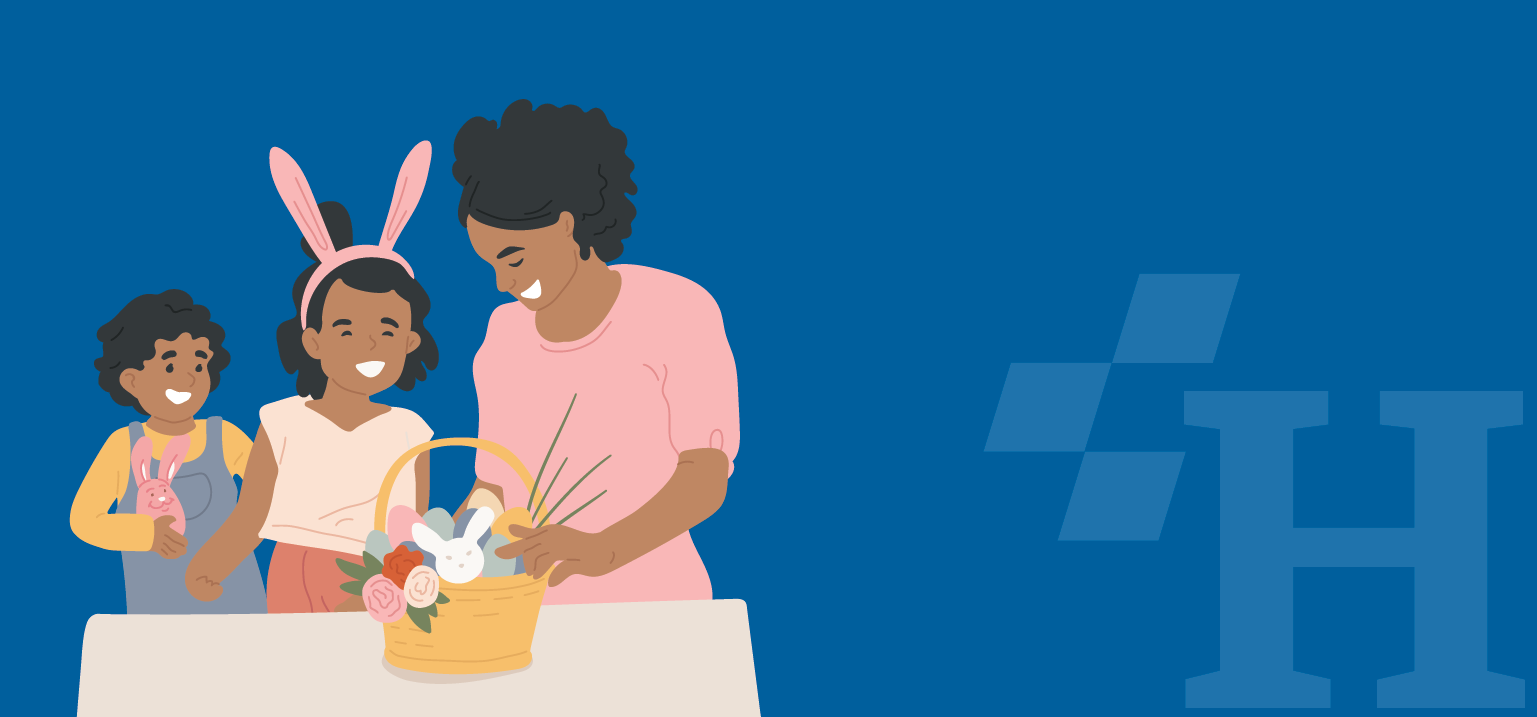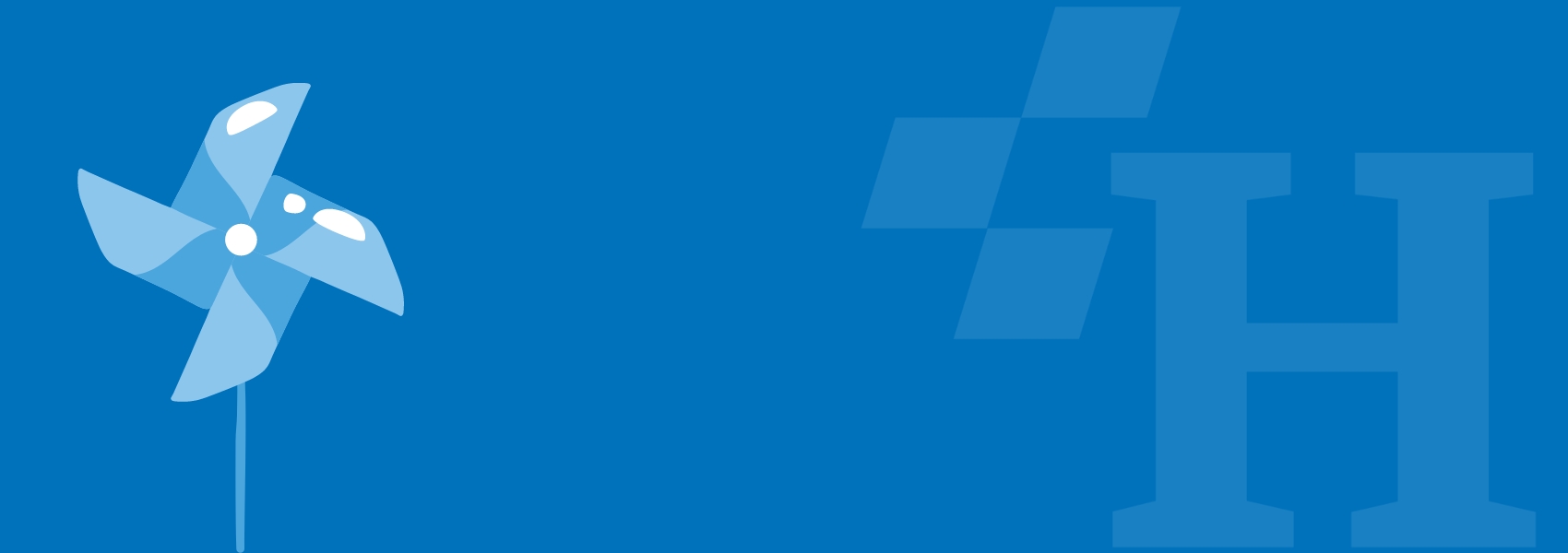Tips for Kicking the Sugar Habit
Sugar is one of the most over-consumed substances in standard American diet. Many of us turn to sugar when we are happy as well as when we are sad or stressed. It is a ‘crutch’ for many. According to the American Heart Association, American adults consume an average of 77 grams of sugar per day, more than 3 times the recommended amount for women. This adds up to around 60 pounds of added sugar annually. The numbers are even worse for American children who consume 81 grams per day, equaling over 65 pounds of added sugar per year. Children are ingesting over 30 gallons of added sugars from beverages alone.
The American Heart Association’s recommendations for sugar intake: men should consume no more than 9 teaspoons (36 grams or 150 calories) of added sugar per day and women 6 teaspoons (25 grams or 100 calories) per day. To put that in perspective, one 12-ounce can of soda contains 8 teaspoons (32 grams) of added sugar! Sugar cravings are a formidable opponent to anyone trying to stay on a nutritious path.
The first step in controlling the sugar cravings is to figure out the reason why you have the cravings. Here are a few things you may want to consider.
Evaluate Your Protein Intake
Sometimes a good way to kick your sugar cravings to the curb is having more protein. Protein reduces the speed with which your body processes sugars and in turn helps you need lower amounts to experience that reward. Eggs, black beans, broccoli, and chicken are healthy ways to get that protein in to quench that yearn for sugar.
Drink Water: Hydrate Yourself
It is not uncommon to mistake thirst for sugar cravings. We know that we want something fresh and cold and we usually identify that with sugary drinks. When our bodies have a deficiency in fluids, it can’t efficiently breakdown glycogen, and this causes the urge to consume something sugary. Drink water and observe how you feel before you reach for sugar.
Rethink Social Habits that Drive You Towards Sugar
Many of us have social rituals during our day that help us de-stress amidst countless tasks and meetings. If you have a standing ritual with a friend or coworker of eating a piece of cake after lunch every day or running to the corner coffee shop to get the most sugary caffeinated iced drink you can find, rethink those social behaviors. Try to put something else in place that is healthy but rewarding.
Try to Decrease Your Sugar Intake Gradually
Scans have shown that sugar fuels every cell in the brain. Our bodies view sugar as a reward. But too much of a good thing is not good at all in this case. Over indulgence in sugar consumption reinforces your body’s need for that reward, essentially becoming addicted to it. But like many addictions, it is not a reasonable or sustainable strategy to quit cold turkey. If you feel as though you are out of control or moody without your first soft drink of the day or until you have a piece of chocolate, you need to consider slowly weaning your system off sugar. It’s those small consistent changes you make in your daily diet that will work the best. Processed food and sugar sweetened beverages should be avoided. Common culprits are breakfast cereals, flavored yogurt, sauces, and ketchup. Sugary breakfast cereals can lead to an inevitable sugar rush and slump, which will increase your sugar craving for the rest of the day.
And replacing sugar with artificial sweeteners is like jumping from frying pan to fire. They adversely affect our body, albeit without calories, just like simple sugars do.
If Push Comes to Shove, Pick Fruit
There will be times when your craving for sugar will be exacerbated by the stress of the day or however many days you’ve gone without consuming it. You may feel like you can have a cheat day. Your best response to a worsening need for sugar is to eat a piece of fruit. If you get to a point where you feel frustrated, instead of eating processed sugar, eat fruit. Fruits are sweet and have natural sugar that can address your sweet tooth without throwing out your entire effort. Whole fruits are better than fruit juices as many of them are devoid of fiber and artificially sweetened.
Moderate Your Consumption of Starch
Starches like white rice, white bread, and pasta are complex carbs that the body process as simple carbs. They end up affecting the sugar levels in your body and feeding into your need for sugar as fuel for brain activity and energy. If you have cut out processed sugars but continue to eat an abundance of starches, then your next step is to progressively reduce your consumption of those foods as well to clean your system of the need for sugars.
Fiber Is Your Friend
Fiber helps clean out your system, and it is processed more slowly by the body. Fiber helps you feel fuller for longer, effectively reducing your craving for mid-meal snacks. Many people will be very deliberate with their decision to reduce sugar in their meals but will ultimately cave in when their body needs a snack because a lot of the snacks we have in our pantry have sugar in them. Fiber and lots of water would help you stay full for longer periods.
Chocolate and Magnesium
Craving chocolate in particular may be particularly common among people deficient in the mineral magnesium (ask your doctor to check your levels). Head off cravings by eating plenty of magnesium-rich dark leafy greens, tofu, legumes and nuts.
Create a Backup Plan
If sugar cravings feel uncontrollable, think proactively about what kind of distraction will help you overcome them. Eat a piece of fruit. Go for a walk. Listen to some music. Call or text a friend. Read a fun article. Knowing what we are going to do ahead of time is what makes all the difference.
Medication
If all else fails, there are medications to help curb sugar cravings. These should be used as a last resort.
Dr. Singh is a board certified internal medicine and obesity management physician. He offers a comprehensive weight management program for patients. Visit Harbin Clinic Weight Management to learn more.


